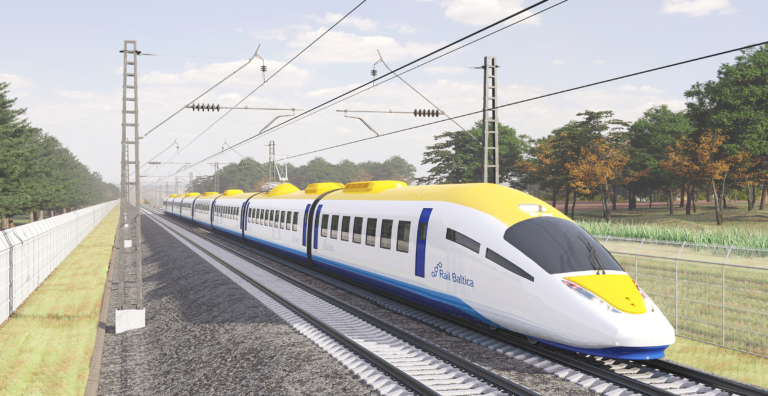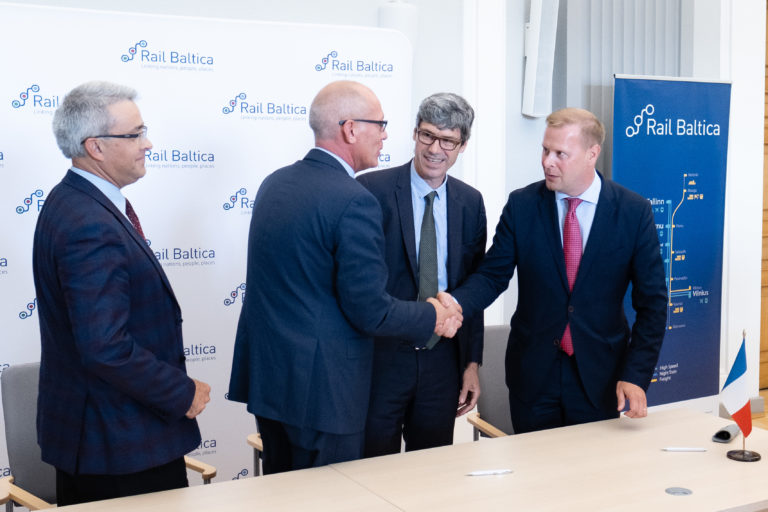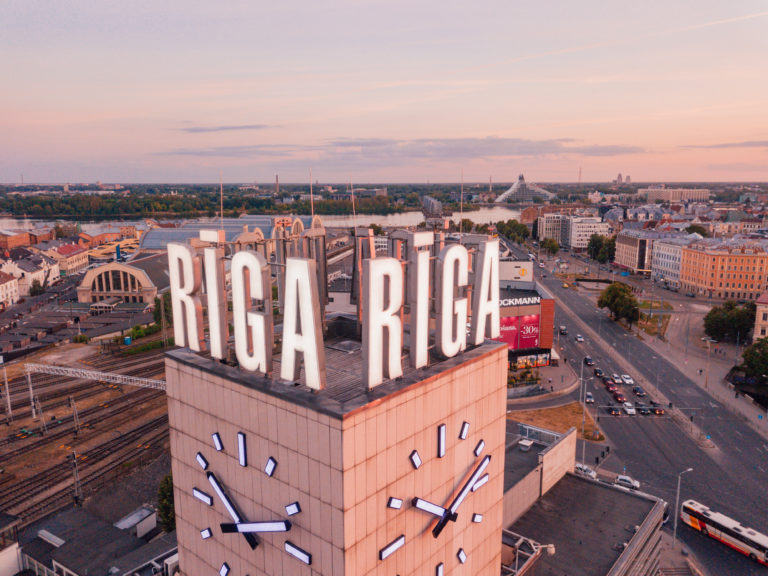In 2019, DB Engineering & Consulting was awarded the detailed design of the Rail Baltica high-speed line section Vangazi-Salaspils-Misa in Latvia. Since then, the design works are progressing, and the project has entered the next design stage.
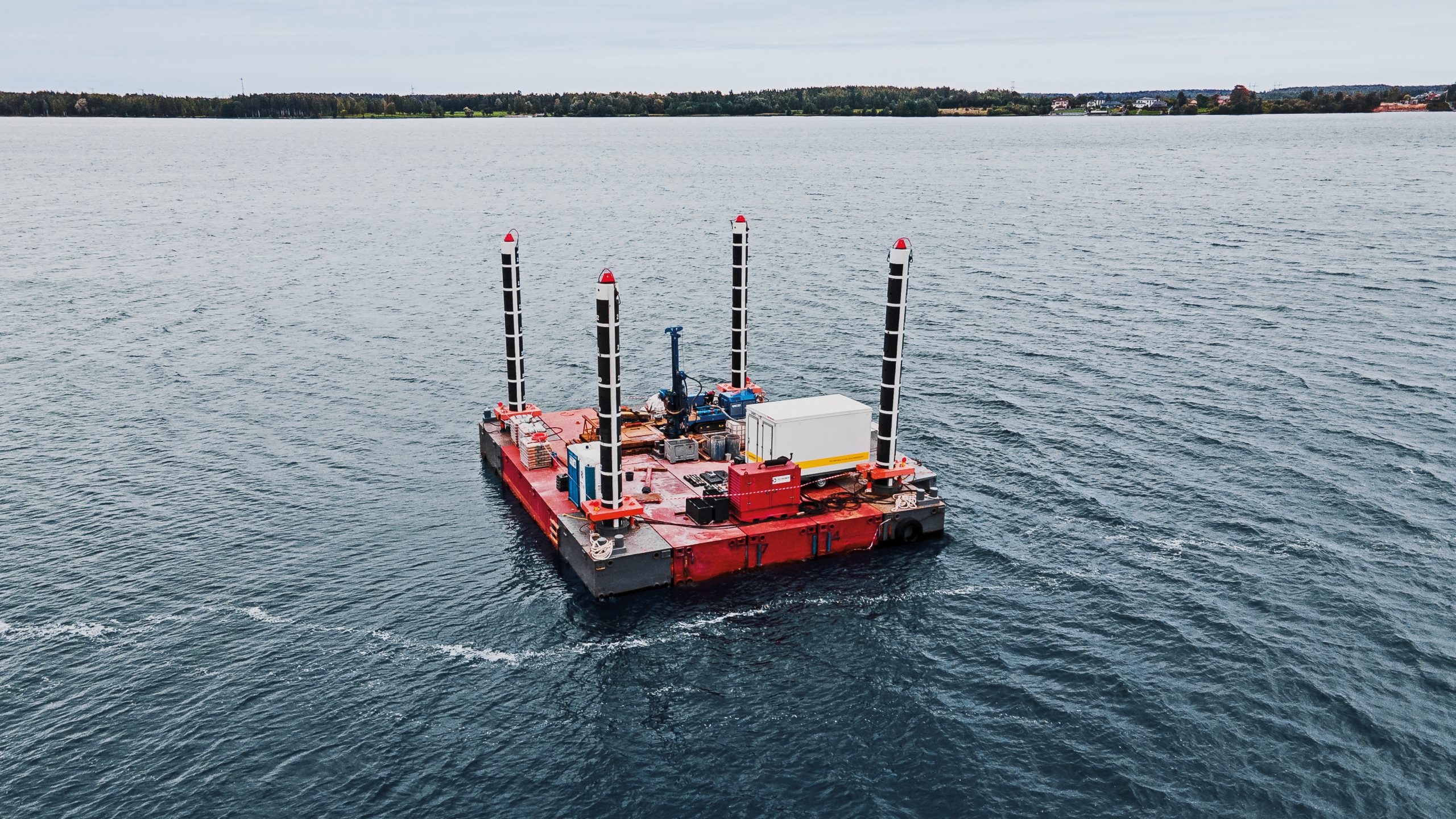
The Rail Baltica high-speed line is an 870 km long newly built 1435mm-gauge railway line, connecting Central Europe with the Baltic states.
Part of the 70 km long Vangazi-Salaspils-Misa section is a 1.1 km long bridge over the river Daugava near Riga. In summer 2020, the Ministry of Transport in Latvia evaluated further options to extend the scope of the contract to transform the initially planned rail-only bridge over the Daugava River into a combined road-rail bridge.
Assessments of such had been made in earlier phases. DB Engineering & Consulting was involved from the beginning and investigated the principal feasibility and best technical solutions for a combined road-rail crossing over the Daugava. As a result, it was decided to go with the recommended option, having the A4 highway extension on the top and the high-speed rail line underneath (Variant B).
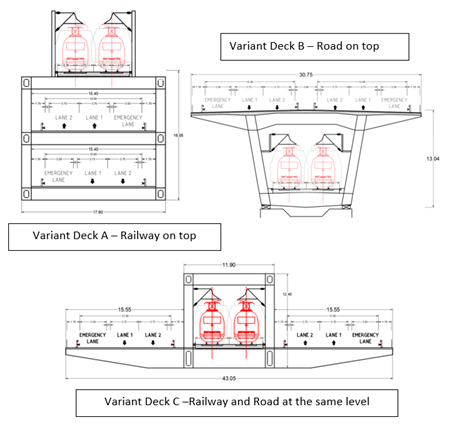
Based on the alternatives prepared by DB Engineering & Consulting in partnership with Egis and Olimps during the value engineering phase, in late 2020 the Ministry of Transport in Latvia chose the alternative with the design of the combined road-rail bridge as well as the major A4/A6 highway junction to the north of the river and the A4/P85 junction to the south of the river.

This significant landmark structure, of which there are only 4 similar bridges in the world (high-speed rail combined with highway) will be one of the most complex structures in the Baltics and on the Rail Baltica high-speed line.
While the railway line will be at the lower level, approximately 12 meters above the water, the highway will be on top of the bridge, providing 2 lanes in each direction, at a height of 22 meters above the river. In total, the bridge has 8 spans each of which is 150m long. The project management team on the client’s side on behalf of the Ministry of Transport of Latvia includes not only the Rail Baltica joint venture RB Rail AS but also the Latvian State Roads. The works are financed by the EU’s Connecting Europe Facility as well as the Latvian state budget funds.
Launch of major campaign of various types of geological investigations
So far DB Engineering & Consulting has finalized the conceptual design of the combined bridge and defined the general arrangement of the bridge. To obtain further input data for the design, the geological investigations in the riverbed were launched during the summer of 2021. For this, a 25m x 25m large platform was constructed to be able to access the 8 pier locations in the river.
The platform enabled the drilling team to keep the drilling rig securely and accurately in the correct position. To fix the platform and keep it stable even in strong winds, the four piers at each corner of the platform were projected down to the bottom of the river.
As the area of the Daugava River in which investigations are being carried out is subject to the risk of unexploded ordnances from World War 1 and 2, prior to the launch of investigations, a team of specialized divers from Naval Forces of the Latvian National Armed Forces conducted a visual and sonar inspection of the riverbed to ensure that the investigation areas were free from such objects.
In total 8 locations were investigated. For this, the team drilled up to a depth of 35-50 m under the riverbed (depending on the soil conditions), took various samples, and performed several laboratory tests on these. The Daugava River itself is up to 22 m deep.

To ensure the best results in the investigations, DB Engineering & Consulting is combining the local know-how in drilling with German supervision and experience. At the end of 2021, the Daugava River investigations were successfully completed and soil samples are currently being tested in the laboratories.
The results of the investigations and laboratory tests will give the team valuable information for the design and allow them to develop the most suitable solution.
A major project with challenging conditions
Besides the combined road-rail bridge and its two highway junctions, the overall Vangazi-Salaspils-Misa section consists of:
- 29 rail bridges,
- 15 road overpasses,
- 2 major triangles,
- 4 wildlife crossings,
- 5 high-pressure gas pipeline relocations,
- 4 high-voltage line relocations,
- and the connection to the Salaspils Freight Handling Terminal, which makes the section one of the top ten most challenging design sections on the Rail Baltica mainline.
In addition to the number and complexity of the structures, another issue is the fact that they are in areas with weak soil conditions, and in dense and flooded forest areas, which makes it difficult to access those locations with heavy machinery.
Considering the specific geological circumstances in certain areas of the design section, DB Engineering & Consulting has decided to additionally launch geophysical investigation works to limit the risk of undetected karst voids which could later lead to sinkholes along the railway line, presenting a major safety concern for an operating railway line.
During the geophysical investigations, diodes were put in the upper layer of the soil, which measure the electrical resistivity of the underlying layers at a depth of up to 30m.
As a result of such investigations, a 2D longitudinal cross-section of the underlying layers can be generated, giving information about the electrical resistivity of certain areas of the soil. In combination with the results of drillings, those results can be used to further pinpoint locations for additional investigations which will minimize the risk of undetected karst voids.
Within the project scope, on this Rail Baltica mainline section geological investigations with a total length of approximately 14 800 m will be drilled. All investigation results will enable the design team to develop and fine-tune their design solutions and ensure the most economic and technically suitable design for future construction works. To ensure the coordination between all involved design disciplines and stakeholders, the design is being developed in BIM design.
In this way, effective and transparent virtual design reviews and interface checks between the involved design disciplines and stakeholder coordination can be performed, as well as construction sequencing and cost controlling during the construction phase.
Contact
DB Engineering & Consulting
EUREF-Campus 14
10829 Berlin
Germany
